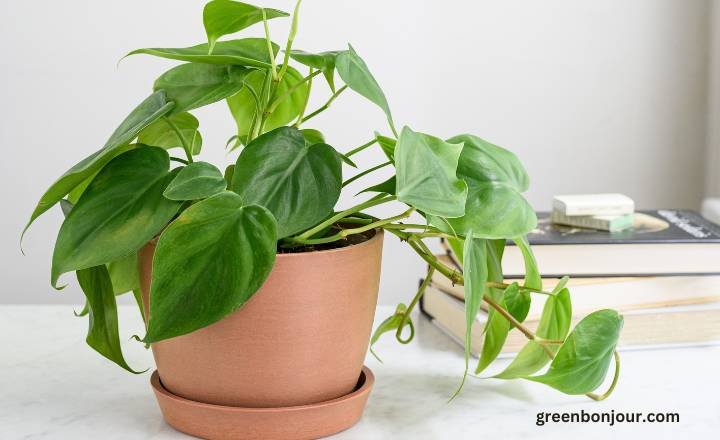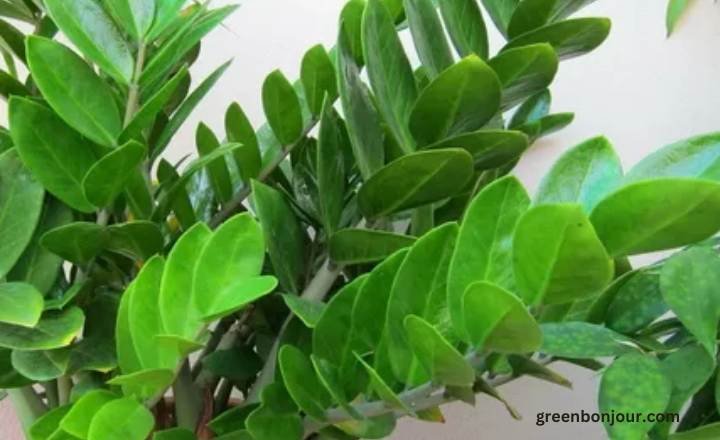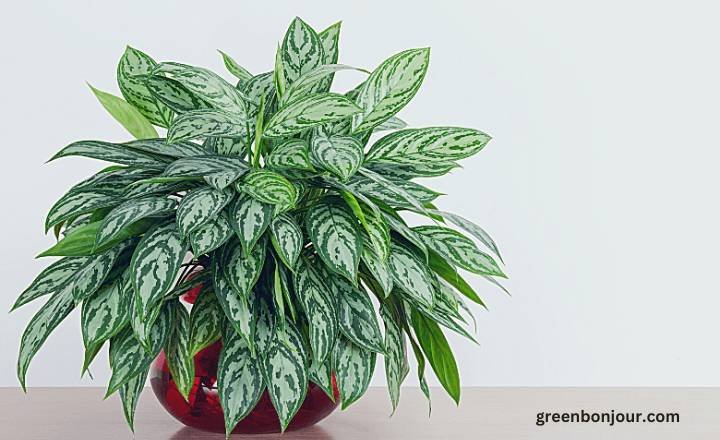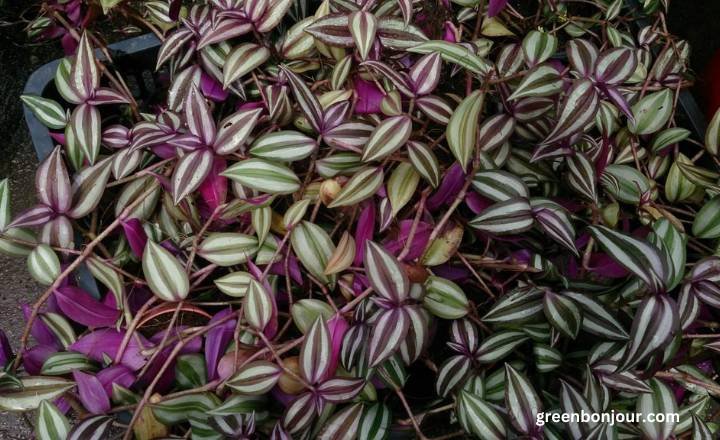As urban living thrives, the quest for a slice of nature within our homes has never been more relevant. Indoor plants not only breathe life into our spaces but also enhance air quality and promote overall well-being.
Choosing the best indoor plants for any location can feel overwhelming with countless varieties available. Whether you’re a seasoned plant enthusiast or just starting your green journey, understanding which species thrive in specific environments is crucial to cultivating a flourishing indoor garden.
Best Indoor Plants For Low Light
When decorating our indoor spaces, we often envision greenery basking in the sunlight. Not every corner of our homes is blessed with abundant light, leaving many aspiring plant owners wondering how to infuse life into those shadowy nooks.

A diverse array of indoor plants thrives in low-light conditions, proving that you don’t need a sun-drenched window to enjoy the benefits of indoor gardening. In this article, we unveil the best indoor plants for low-light situations perfect companions for any location that demands aesthetic appeal without sacrificing vitality.
Pothos (Epipremnum aureum)
Pothos (Epipremnum aureum) is one of the best indoor plants for any location, especially those dimly lit corners. With its striking heart-shaped leaves and trailing vines, Pothos not only elevates your interior decor but also thrives on minimal care.
This resilient plant requires indirect sunlight and can adapt to low-light environments, making it an ideal choice for homes and offices alike. Pothos prefers watering when the top inch of soil feels dry typically every 1-2 weeks to prevent overwatering and root rot.
Philodendron (Philodendron spp.)
Philodendron is an elegant and resilient choice that epitomizes the best indoor plants for any location. With its striking foliage and adaptability, this lush green marvel not only brightens up shadowy corners but also requires minimal care, making it perfect for both novice and experienced plant enthusiasts.

Philodendrons thrive in indirect sunlight, making them ideal companions for dimly lit rooms or offices. They prefer consistently moist soil without the risk of waterlogging; a weekly watering schedule typically suffices. They flourish in temperatures ranging from 65°F to 80°F (18°C to 27°C) and appreciate humidity levels above 50%.
Prayer Plant (Calathea spp.)
This plant is known for its striking foliage and captivating leaf patterns, this plant not only thrives in low light but also adds a touch of elegance to your space. Calatheas are native to the tropical rainforests of South America, where they flourish under a canopy that filters sunlight; thus, they prefer indirect light conditions similar to those found indoors.
It requires consistent moisture so watering once a week with distilled or filtered water is ideal to avoid mineral buildup. The humidity levels should be kept high (around 50% or more), making it perfect for bathrooms or kitchens. Additionally, these plants enjoy temperatures ranging from 65°F to 80°F (18°C to 27°C).
Bird’s Nest Fern (Asplenium nidus)
This lush, tropical beauty is not only visually striking with its wavy, dark green fronds, but it also thrives in conditions where other plants might struggle. Perfect for dimly lit corners or offices with minimal natural light, the Bird’s Nest Fern is a resilient choice that adds vibrancy without demanding excessive care.
Watering is equally important; maintain consistent moisture in the soil while allowing it to dry slightly between waterings to prevent root rot with humidity levels around 50% or higher being optimal.
ZZ Plant (Zamioculcas zamiifolia)
ZZ plant (Zamioculcas zamiifolia), is an extraordinary choice that thrives in dimly lit spaces and offers lush greenery without demanding much care. With its glossy, dark green leaves and resilient nature, the ZZ plant has earned its place among the best indoor plants for any location.

This only needs watering every few weeks, making it perfect for busy individuals or those new to gardening. Its ability to tolerate neglect makes it an ideal companion in offices, bedrooms, or any corner of your home where other plants might struggle.
Parlor Palm (Chamaedorea elegans)
This graceful indoor plant thrives in low-light conditions, making it one of the best indoor plants for any location. With its arching fronds and lush green foliage, this tropical beauty adds an elegant touch to homes and offices alike, effortlessly brightening up even the dimmest corners.
The parlor palm is as easygoing as it comes, requiring minimal care while delivering maximum aesthetic appeal. Ideal for low-light environments, it flourishes with indirect sunlight and prefers temperatures between 65°F to 80°F. Watering should be moderate; allow the top inch of soil to dry out between drinks to prevent root rot.
Peace Lily (Spathiphyllum spp.)
Peace Lilies flourish in indirect sunlight, making them perfect companions for dimly lit corners that often go unnoticed. They require consistent moisture, so be sure to water them when the top inch of soil feels dry; however, they’re forgiving if you forget occasionally.
This beauty also thrives in temperatures between 65°F and 85°F (18°C – 29°C) and enjoys humidity levels above average—a simple misting can do wonders. If you’re looking for an easy-care plant that brings life to shadowy spaces while demanding minimal maintenance, the Peace Lily is your ideal choice.
Chinese Evergreen (Aglaonema spp.)
Chinese Evergreens are incredibly forgiving when it comes to their care requirements. They flourish in indirect light and can even tolerate fluorescent lighting, making them perfect companions for dimly lit rooms.

Watering is straightforward—allow the top inch of soil to dry out between waterings to prevent overwatering, which can lead to root rot. Additionally, they enjoy temperatures between 65°F and 80°F (18°C – 27°C) and appreciate occasional humidity boosts.
Cast Iron Plant (Aspidistra elatior)
When considering care requirements, Aspidistra elatior is remarkably forgiving. It flourishes in indirect sunlight and can tolerate neglect when it comes to watering; allowing the soil to dry out between waterings is perfectly acceptable.
A well-draining potting mix coupled with occasional fertilization during growth seasons will keep this resilient beauty looking its best.
Best Indoor Plants For Medium Light
Fiddle Leaf Fig (Ficus lyrata)
This striking plant, known for its large, glossy leaves and sculptural form, thrives beautifully in medium-light environments—making it a perfect choice for homes with filtered sunlight or rooms that don’t receive direct rays. However, while it can adapt to varying conditions, understanding its specific care requirements is crucial for ensuring it remains healthy and vibrant.
To keep your fiddle leaf fig flourishing, aim for bright indirect light while avoiding the harsh afternoon sun that could scorch its leaves. Watering should be done when the top inch of soil feels dry; overwatering can lead to root rot—a common pitfall among new owners.
Rubber Plant (Ficus elastica)
The rubber plant enjoys indirect sunlight but can adapt to lower light levels, showcasing its resilience. Ideally, maintain temperatures between 60°F and 75°F (15°C – 24°C) for optimal growth. By understanding these basic needs, you’ll not only enhance your living environment but also cultivate a thriving centerpiece that purifies the air and elevates your decor.
Trasecantia (Tradescantia spp.)
As one of the best indoor plants for any location, Tradescantia species not only add a splash of color but also purify your surroundings. To keep your Tradescantia flourishing, aim for bright indirect sunlight and water when the top inch of soil feels dry—typically every week or so.

These easy-care plants prefer humidity but can adapt to average household conditions with ease. With minimal fuss required beyond occasional pruning and feeding during the growing season, Tradescantia stands out as an attractive yet low-maintenance option perfect for plant enthusiasts at any level.
Monstera (Monstera spp.)
With its iconic split leaves and vibrant presence, this tropical beauty not only thrives in moderate light conditions but also adds an exotic touch to any room.
To ensure your Monstera flourishes, it requires indirect sunlight for about 6-8 hours a day along with well-draining soil that retains some moisture without becoming soggy. Watering should be done when the top inch of soil dries out—typically every week or so—while maintaining humidity levels around 60% will keep its leaves lush and healthy.
Conclusion
Selecting the best indoor plants for medium light can significantly enhance the aesthetic and air quality of your living space. With options ranging from the resilient Snake Plant to the elegant Peace Lily, there are a variety of choices that thrive in these conditions while requiring minimal maintenance.
These plants not only contribute to a calming atmosphere but also promote well-being by purifying the air. As you consider which plants to introduce into your home or office, remember to assess their specific care needs and growth potential.
FAQs
What plant should I grow indoors?
Snake plants, spider plants, rubber plants, peace lilies, ferns, and English ivy are some of the best indoor plants for boosting oxygen levels and purifying the air.
Can I put plants in my bedroom?
It is okay to sleep with most types of plants in your bedroom; it may be beneficial! However, remember that every plant requires different care levels; ensure you choose ones that match your lifestyle and ability to care for them properly.
Is it OK to sleep in a room full of plants?
Any plant small enough to fit in your bedroom produces far less carbon dioxide than a sleeping human, and is perfectly safe to share a room with.